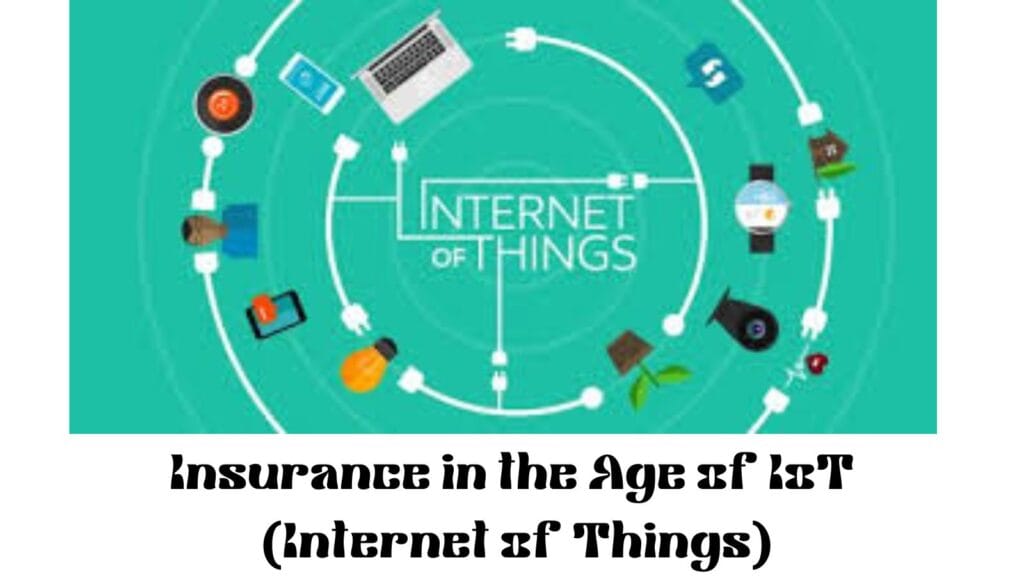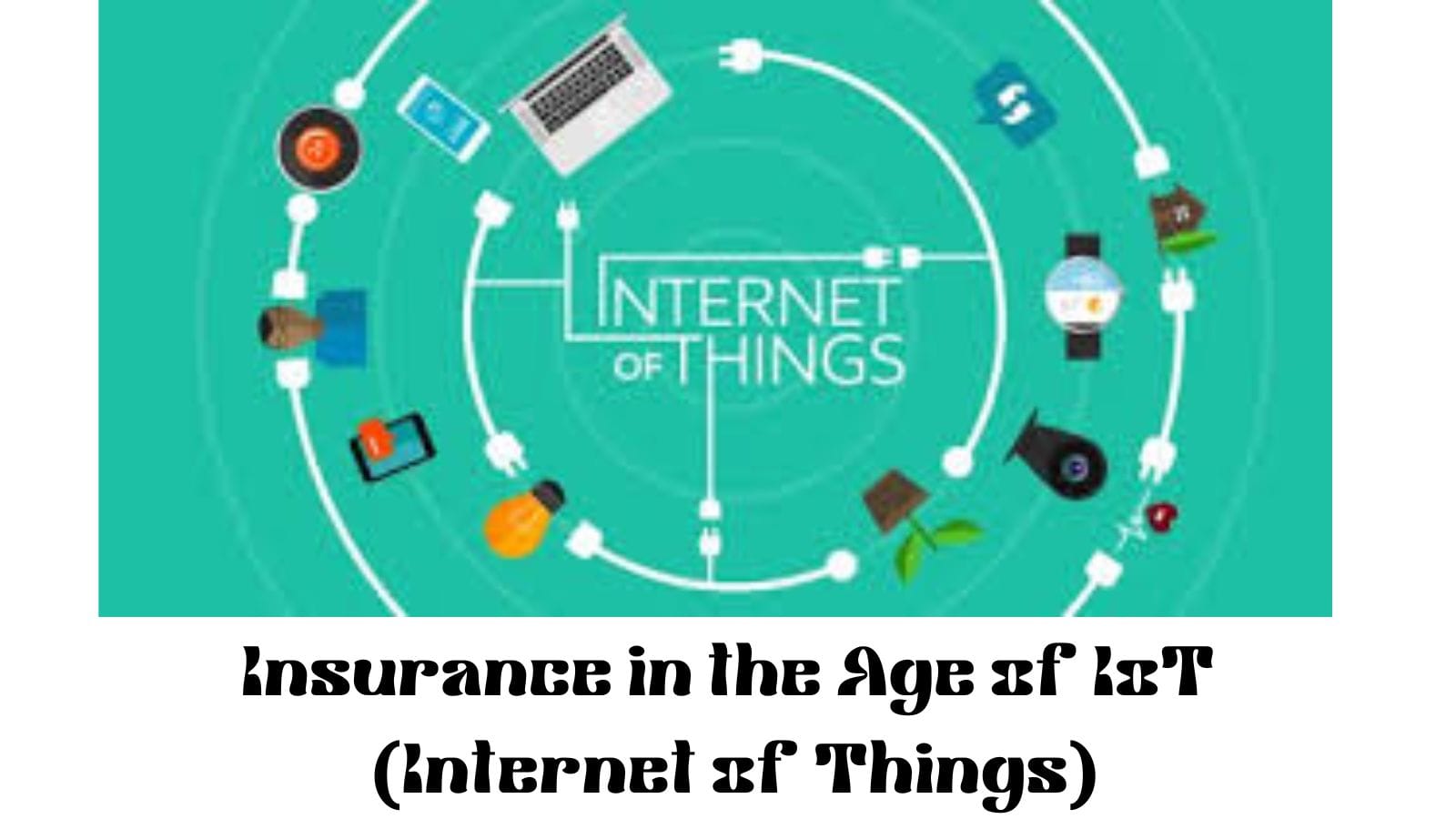Overview
The fast rise of Internet of Things (IoT) devices has changed many industries, including insurance. IoT devices like wearables, connected cars, and home sensors offer real-time data. This data can personalize insurance policies, improve risk assessment, and optimize pricing models. These devices help insurers track and analyze many metrics about policyholders. They focus on behaviors, environments, and health status. This leads to more dynamic, usage-based insurance (UBI) models.

The IoT is changing how insurers handle underwriting, claims, and customer engagement. The result is a more tailored, data-driven approach. It gives consumers more control over their premiums. However, it also brings new challenges in data security and privacy.
Usage-Based Insurance (UBI) Models in Auto Insurance
What Is Usage-Based Insurance?
Usage-Based Insurance (UBI) is a model where insurance premiums are directly tied to how much and how safely a policyholder drives. This model relies on IoT-enabled devices. These include telematics and connected car systems. They gather real-time data on how vehicles are used, driving habits, and environmental conditions.
The usual auto insurance model has fixed premiums. These are based on general factors like age, driving history, and vehicle type. In contrast, UBI uses data gathered from IoT sensors to assess a driver’s actual risk and adjust premiums accordingly.
How IoT Is Driving UBI in Auto Insurance
Connected cars use IoT technology. They give insurers useful data. This data helps insurers set more accurate and personalized prices. Key factors like speed, braking, distance, and road conditions are tracked. Then, this data is sent to the insurer. The collected data lets us adjust premiums dynamically. We base these changes on real-time driving habits, not just general stats.
Key Features of UBI in Auto Insurance:
- Telematics Devices: These devices, which are often installed in cars, track a driver’s behavior. This includes factors like speed, sudden braking, cornering, and even the time of day when the vehicle is being driven. Insurers use this data to assess the risk associated with the driver’s behavior and adjust premiums accordingly.
- Pay-as-you-go (PAYG): With UBI, customers can pick a “pay-as-you-go” plan. Here, their insurance premium changes based on real driving habits instead of fixed factors like age or gender.
- Incentives for Safe Driving: UBI lets insurers give discounts to safe drivers. This rewards good habits and lowers overall risk.
Real-Time Example: Progressive Snapshot
Progressive Insurance’s Snapshot program is one of the best-known examples of a UBI model. Progressive offers a small device that plugs into a vehicle’s OBD-II port and tracks driving behavior. Drivers in the program get personalized discounts. These discounts depend on their driving habits, like how they brake, their speed, and when they use their vehicles.
Snapshot’s success shows how UBI can create a more personalized insurance model. It rewards safe driving and lets drivers lower their premiums based on their habits.
IoT and Health Insurance: Wearables for Monitoring Health Metrics
The Role of Wearables in Health Insurance
The health insurance sector uses IoT technology. This includes wearable devices like fitness trackers, smartwatches, and health-monitoring gadgets. These devices gather real-time data on various health metrics. They track heart rate, physical activity, sleep patterns, and blood oxygen levels. Health insurers can use this data to personalize premiums. They can also promote healthier habits and enhance risk assessment.
How Wearables Impact Health Insurance
- Real-Time Data Collection: Wearables provide continuous, real-time health data. This lets insurers track a person’s health. They can then provide coverage or pricing based on real health habits, not just demographics.
- Incentive Programs: Insurers reward customers for healthy habits using wearable data. A customer who tracks their activity with a wearable may earn lower premiums. They can do this by showing steady progress toward health goals, like daily step counts or weekly exercise hours.
- Preventative Care: Insurers can track health metrics, like heart rate and sleep patterns. This helps them spot early signs of issues, such as hypertension or sleep apnea. This helps insurers promote preventive care and healthier choices. In the end, it can reduce long-term healthcare costs.
Real-Time Example: Vitality and Apple Watch Partnership
The Vitality Group, a global wellness program, teamed up with Apple. They offer an Apple Watch to customers who hit certain activity goals. Policyholders can earn rewards by using the watch to track their health. Rewards include discounts on premiums, gift cards, and other incentives. This partnership uses IoT wearables to boost health outcomes. It also provides a more personalized way to approach health insurance.
Impact on Underwriting Processes
Traditional vs. IoT-Enabled Underwriting
Underwriting is the process of evaluating the risk of insuring a person or entity. Traditionally, insurers relied on broad data categories (e.g., age, gender, health history) to determine risk. While this method was effective, it lacked the nuance provided by real-time data.
IoT devices now allow insurers to assess risk more accurately by collecting data specific to the individual. In auto insurance, data from a vehicle’s telematics device shows driving behaviors. For instance, aggressive braking or driving at night can suggest higher risk. Health insurers can also use data from wearables. This helps them see a policyholder’s health habits. Then, they can adjust coverage or pricing based on that information.
Benefits of IoT-Driven Underwriting:
- Better Risk Assessment: IoT devices provide real-time data. This helps insurers assess risk based on real behaviors and conditions. As a result, they can make more accurate pricing and underwriting decisions.
- Personalized Policies: Insurers can use IoT data to create policies tailored to each person. They consider habits, driving behavior, and health status. This moves away from the “one-size-fits-all” approach traditionally seen in insurance.
- Faster Processing: IoT devices send data constantly. This speeds up underwriting. As a result, policies are issued faster, and claims are handled more quickly.
Real-Time Example: Lemonade Insurance and IoT Integration
Lemonade, an InsurTech company, uses IoT technology in underwriting and claims. Lemonade provides renters insurance that can be paired with smart home gadgets. These include water leak sensors and cameras. These devices give real-time data about the property’s condition. This helps Lemonade assess risk better and offer more accurate premiums.
Data Security Concerns and Privacy Issues
The Dark Side of IoT: Data Privacy Risks
Integrating IoT devices in insurance raises big privacy and security issues. IoT devices gather a lot of personal data. This includes driving habits, health metrics, and home environment details. This data is useful for insurance, but it also attracts cybercriminals.
Key Concerns:
- Data Security: IoT devices are often connected to the internet, making them vulnerable to hacking. If hackers compromise these devices, they could access sensitive personal data. This can lead to privacy breaches and financial losses.
- Data Ownership: Who owns the data collected by IoT devices? Is it the policyholder, the device manufacturer, or the insurer? These questions challenge the insurance industry. Using this data raises concerns about storage, sharing, and protection.
- Consumer Consent: Consumers may not fully understand how their data is being used or shared. Insurers need to be clear about how they use data. They must get informed consent from consumers before collecting or using their data.
The Need for Regulation:
As IoT devices grow in the insurance sector, regulators must set clear rules. They need to protect consumer data, manage breaches well, and ensure insurers use data ethically. The General Data Protection Regulation (GDPR) in the EU is one law that controls how personal data is collected and used. Other regions are also thinking about similar laws.
Conclusion
The IoT age is changing insurance. It allows for more personalized, flexible, and data-based insurance models.
Insurers can use IoT devices to:
- Offer usage-based pricing.
- Reward healthy behaviors.
- Assess risks more accurately and efficiently.
As more people use connected devices like wearables, cars, and home sensors, tailoring policies to their needs will get smarter.
However, the proliferation of IoT also brings new challenges in terms of data security and privacy. Insurers need to be cautious. They must balance the benefits of real-time data with protecting consumer information. They also have to follow regulations.
The future of insurance with IoT looks bright. It offers big benefits for both consumers and insurers. As IoT technology grows, new chances for innovation and improvement in insurance will arise.
Blockchain Technology and Its Impact on Insurance
FAQs
Usage-Based Insurance (UBI) sets premiums based on how you drive. It focuses on your actual usage and behavior, not just demographic details. IoT devices like telematics sensors track driving habits and adjust premiums accordingly.
Insurers can use IoT devices, like wearables, to track health metrics. These include physical activity, heart rate, and sleep patterns. This data can be used to offer personalized premiums and incentivize healthier behaviors.
IoT lets insurers see real-time data on individual behaviors. This includes driving habits and health status. With this information, they can assess risks more accurately. They can also create personalized policy offerings.
IoT devices collect sensitive data that could be targeted by hackers. There are also concerns about data ownership and its use. Insurers need to adopt strong security measures and clear data practices.
Yes, IoT gives insurers data for better risk assessment. This can lower premiums for people who drive safely or live healthy. Their behavior can directly affect their policy costs.
Integrating IoT devices into insurance is changing the game. Now, the industry offers personalized, real-time insurance models. These advancements can improve efficiency and customer experiences. But they also raise challenges. Insurers must tackle data privacy and security issues. This is vital for building trust and meeting new regulations.
